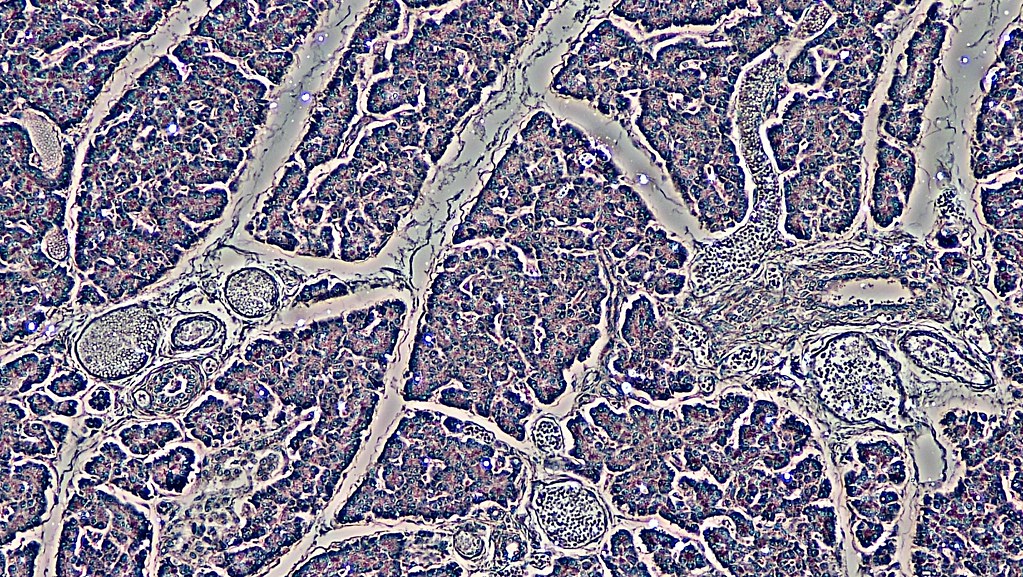
The pancreas is a little organ behind the stomach and has two main functions: digestion and blood sugar regulation. How the human pancreas develops has been relatively unexplored for ethical and practical reasons. Now, a collaborative effort between the ikerbasque researcher Antonio del Sol, who leads the Computational Biology groups at CIC bioGUNE and the Luxembourg Centre for Systems Biomedicine (LCSB), and the Max Planck Institute of Molecular Cell Biology and Genetics (MPI-CBG) in Dresden, Germany, the Novo Nordisk Foundation Center for Stem Cell Biology (DanStem) in Copenhagen, Denmark, as well as several other international research groups, led to the establishment of a human pancreas miniature organ in cell culture. In addition, the authors generated an atlas of single cells in the human fetal pancreas, which allows researchers to see which genes are expressed in the different cell types during development. Moreover, by leveraging a computational model of cell-cell communication, developed in Computational Biology groups at CIC bioGUNE, and the single cell expression atlas, important differences in the signals regulating human and mouse fetal pancreas development have been revealed. This miniature organ and the atlas could offer insights into human syndromes impairing pancreas development and can help in generating replacement beta cells for diabetes therapy.
Even though the pancreas is a little organ, sitting behind the stomach, it is an essential organ producing digestive enzymes and hormones, notably insulin and glucagon. The development of the human pancreas in embryos has been challenging to research and there was little information available on how its cells develop in 3D. Culture methods that allow mouse pancreas cells to grow in three-dimensional conditions, forming tree-like structures that resemble a miniature mouse pancreas, also referred to as organoids, has been fundamental to start studying those phenomena. In this context, the cell-cell interactions that have been identified in the fetal pancreas can be instructive for devising new protocols to stabilize the state of the human organoids, thereby providing a source for the generation of insulin producing cells that could be used in cell replacement therapies.
For further information: DOI: 10.1038/s41467-021-23295-6
.png)
